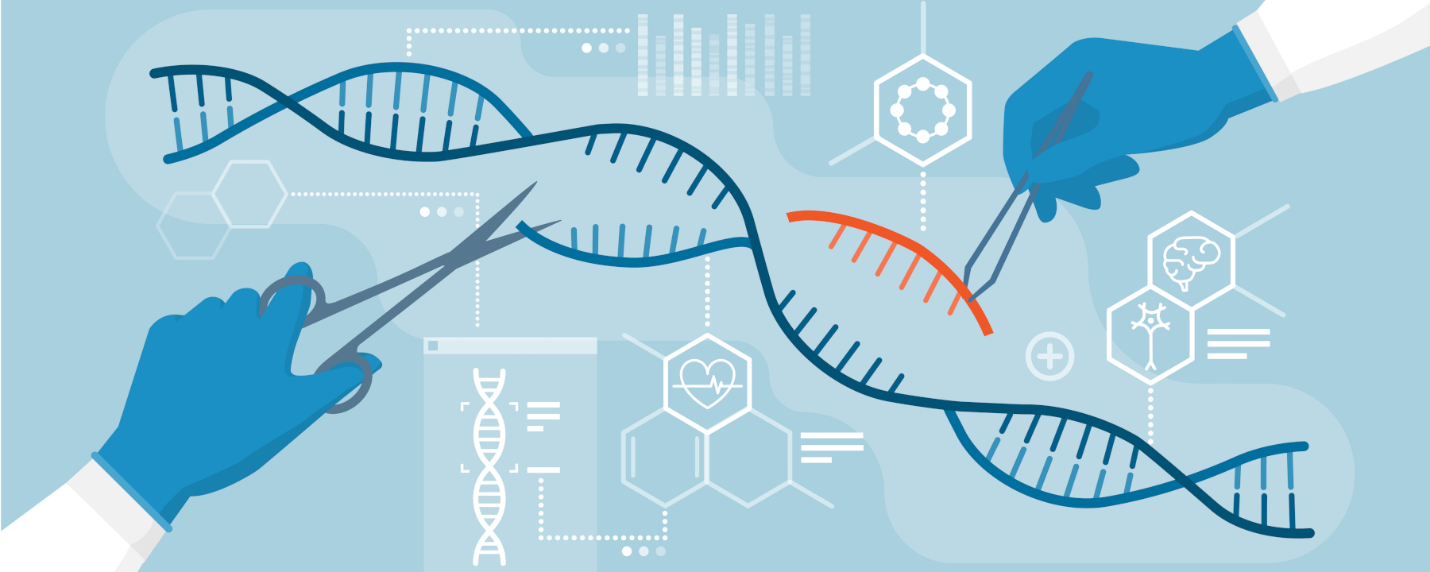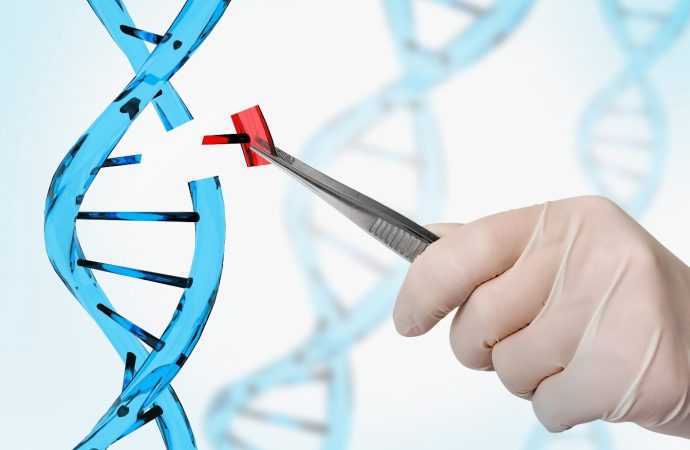Gene editing has long been heralded as a transformative approach to understanding and potentially curing genetic disorders. Recent advancements in this field have introduced new tools that significantly enhance our ability to prevent diseases at the genetic level. These innovations promise not only to revolutionize medical treatments but also to reshape our understanding of human
Gene editing has long been heralded as a transformative approach to understanding and potentially curing genetic disorders. Recent advancements in this field have introduced new tools that significantly enhance our ability to prevent diseases at the genetic level. These innovations promise not only to revolutionize medical treatments but also to reshape our understanding of human biology and disease prevention.
CRISPR-Cas9: The Pioneer
The CRISPR-Cas9 system, often simply referred to as CRISPR, has been at the forefront of gene editing technology. Initially discovered as a bacterial immune mechanism, CRISPR-Cas9 has been adapted for use in a wide range of organisms, including humans. Its precision and efficiency in cutting DNA at specific locations have made it a powerful tool for genetic research and therapy.
CRISPR-Cas9 works by utilizing a guide RNA to target a specific DNA sequence, where the Cas9 enzyme creates a double-strand break. This break can then be repaired by the cell’s natural repair mechanisms, potentially introducing or correcting mutations. This technology has been used to study and potentially treat a variety of genetic disorders, including cystic fibrosis, muscular dystrophy, and sickle cell anemia.
Base Editing: Precision at the Nucleotide Level
While CRISPR-Cas9 has been revolutionary, it is not without its limitations. One major concern is the potential for off-target effects, where the Cas9 enzyme cuts DNA at unintended locations. To address this, researchers have developed a new tool known as base editing.
Base editing allows for the direct conversion of one DNA base pair to another without creating a double-strand break. This is achieved through a fusion of CRISPR-Cas9 with enzymes that can chemically modify DNA bases. For example, cytosine base editors (CBEs) can convert a cytosine (C) to a thymine (T), while adenine base editors (ABEs) can convert an adenine (A) to a guanine (G). This approach offers a more precise and potentially safer method for correcting point mutations, which are the cause of many genetic diseases.
Prime Editing: The Versatile Tool
Another significant advancement is prime editing, which offers even greater versatility and precision. Prime editing uses a modified version of CRISPR-Cas9, known as a prime editor, which includes a reverse transcriptase enzyme. This system can introduce a wide range of genetic changes, including small insertions, deletions, and all 12 possible base-to-base conversions.
Prime editing works by using a prime editing guide RNA (pegRNA) that directs the prime editor to the target site. The reverse transcriptase then synthesizes the desired genetic change directly into the DNA. This method reduces the risk of off-target effects and offers a broader range of potential applications compared to traditional CRISPR-Cas9 and base editing.

Picture by: Yandex.com
Applications in Disease Prevention
The potential applications of these new gene editing tools in disease prevention are vast. One promising area is in the prevention of inherited genetic disorders. For example, researchers are exploring the use of base editing to correct single nucleotide mutations that cause conditions such as sickle cell anemia and beta-thalassemia. Early studies have shown that base editing can effectively correct these mutations in patient-derived cells, offering hope for future therapies.
Another exciting application is in the field of cancer prevention. By identifying and correcting genetic mutations that predispose individuals to cancer, gene editing could potentially reduce the incidence of certain cancers. For example, researchers are investigating the use of CRISPR-Cas9 to target and disrupt oncogenes, which are genes that have the potential to cause cancer when mutated or overexpressed.
Gene editing tools are also being explored for their potential to prevent infectious diseases. For instance, CRISPR-Cas9 has been used to target and destroy viral DNA in cells infected with viruses such as HIV and hepatitis B. This approach could potentially lead to new treatments that eliminate these viruses from the body, offering a cure rather than just managing symptoms.
Ethical and Regulatory Considerations
While the potential benefits of new gene editing tools are immense, their use also raises important ethical and regulatory considerations. One major concern is the potential for unintended consequences, such as off-target effects or unintended genetic changes. Ensuring the safety and efficacy of gene editing therapies is paramount, and rigorous testing and validation are required before these treatments can be widely adopted.
There are also ethical considerations related to the use of gene editing in human embryos. While germline editing has the potential to prevent inherited genetic disorders, it also raises concerns about unintended consequences for future generations and the potential for “designer babies.” The scientific community and regulatory bodies must carefully consider these issues and establish guidelines to ensure the responsible use of gene editing technologies.
Conclusion
The development of new gene editing tools such as CRISPR-Cas9, base editing, and prime editing represents a significant leap forward in our ability to prevent and treat genetic diseases. These technologies offer unprecedented precision and versatility, opening up new possibilities for disease prevention and treatment. However, with these advancements come important ethical and regulatory challenges that must be carefully navigated. As research continues to advance, it is crucial that we balance the promise of these technologies with a commitment to safety, efficacy, and ethical responsibility.
















